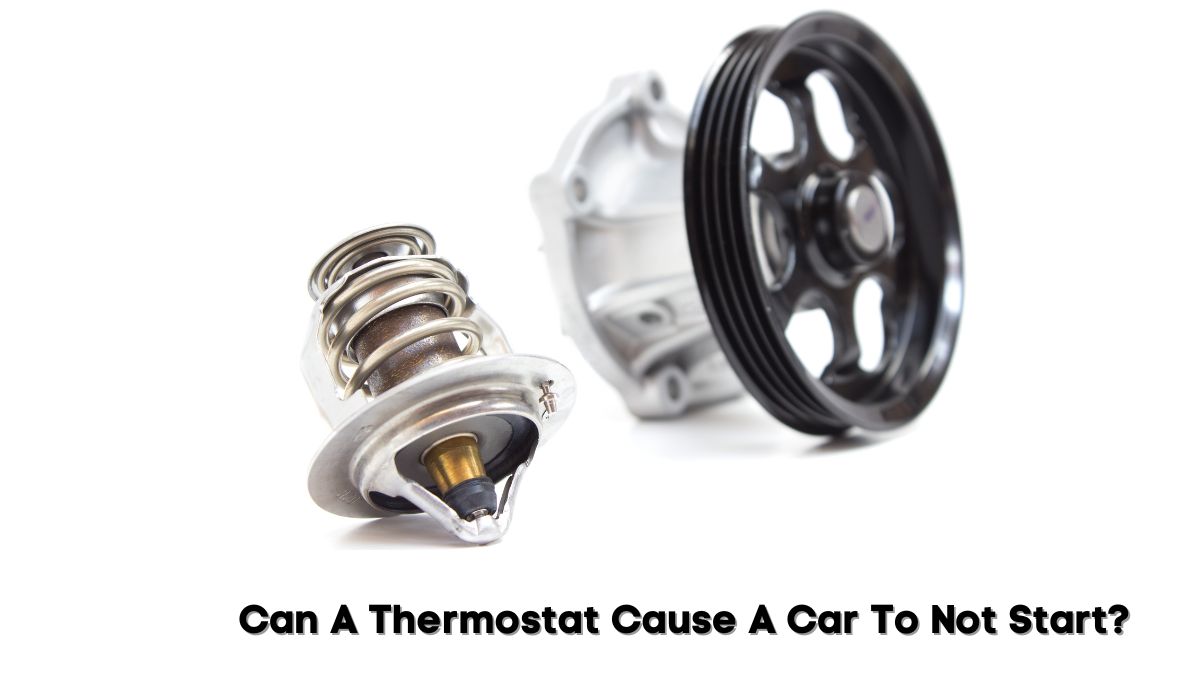An engine won’t start due to a faulty thermostat. Engines function within a 195 to 220-degree range. If too cold, starting is affected. If too hot, the engine shuts down.
Drivers expect a faulty thermostat to stop a running engine because it works with the cooling system to fight high temperatures. They expect the item to produce high temperatures when it fails. They don’t realize that a bad thermostat can also produce low temperatures. In both cases, the engine will suffer.
Thermostat’s Role In Engine Temperature
You can’t appreciate the impact of a defective thermostat on a car’s functionality without first understanding the role the thermostat plays in maintaining the engine’s temperature.
This paper from Marek Lipnicky and Zuzana Brodnianska (Faculty of Technology, Technical University in Zvolen, Slovakia) dissects an experiment that explains the workings of a thermostat in an engine:
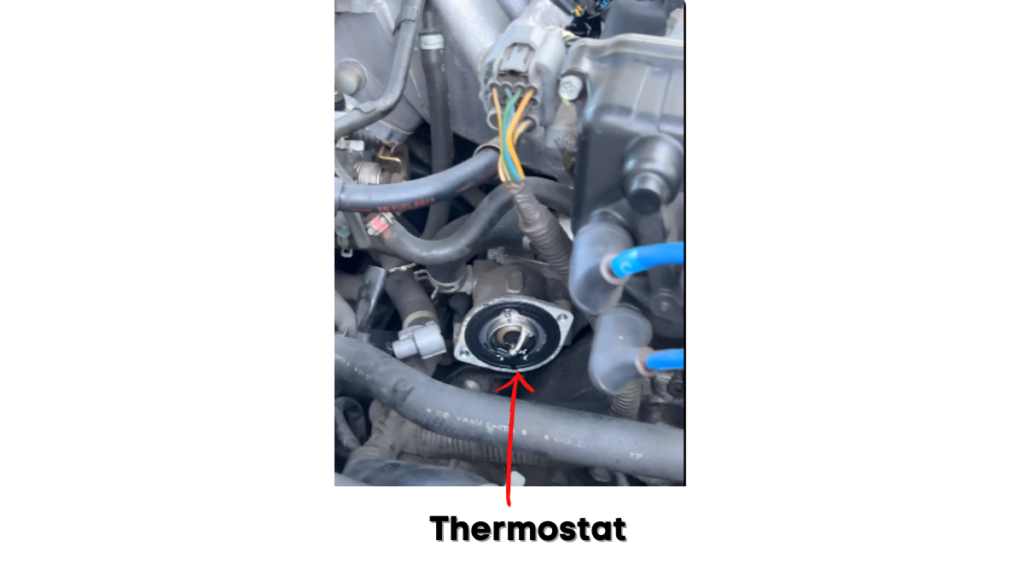
- You find the thermostat between a car’s engine and radiator.
- A closer inspection will reveal a cylinder filled with wax on the thermostat’s engine side.
- The wax melts at a predetermined temperature (typically 180 degrees F, although the exact figure will vary with each thermostat).
- Melting causes the wax to expand, pushing a rod that opens the valve as it emerges from the cylinder.
- The open valve allows the coolant to flow through the engine.
In the paper, the thermostat opens when the operating temperature reaches 80 degrees C. This sends the coolant into the cooler, through the outlet pipe to the water pump, and into the cooling circuit.
Automotive thermostats have various vital components, including:
- Bypass Valve – This is the valve that opens to allow the coolant to circulate through a closed system in the engine.
- Charge Cylinder – This section contains the wax that melts as temperatures increase, causing the valve to open.
- Seal – This gasket prevents liquid substances from flowing past the component’s main valve.
- Spring – This part closes the valve once temperatures plummet.
- Secondary spring – The secondary spring allows the rod (that expands when the wax melts and pushes out to open the valve) to retract.
- Air Bleed – As the name suggests, it removes air from the cooling water system.
How Temperature Impacts Engine Starting Conditions?
Engines hate extreme conditions. This is why thermostats are so important. You have two primary temperature-related concerns:
1). Low Temperatures
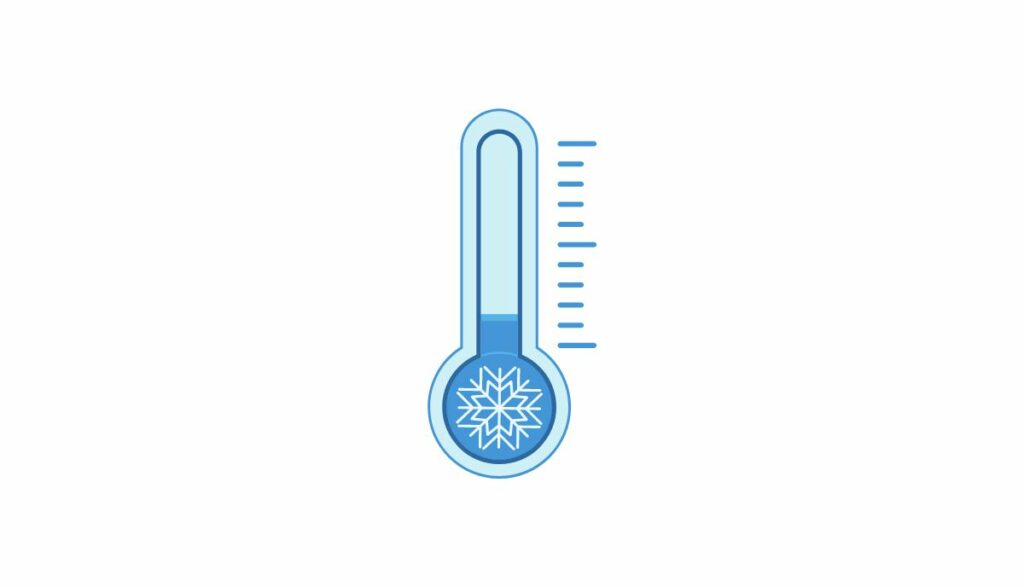
- Low temperatures will prevent a car from starting. The vehicle uses the battery to start the engine. Unfortunately, low temperatures disrupt the battery’s chemical reactions.
- Additionally, engine oil and coolant become too thick to flow through the engine block.
- Cold conditions are bad for the environment. A paper from the University of Leeds (White Rose University Consortium, Energy and Resources Research Institute School of Process) noted that low ambient temperatures produce a rich air/fuel mixture that leads to incomplete combustion. The car uses excess fuel and generates more carbon monoxide and hydrocarbon emissions.
- A study from Abdulfatah Abdu Yusuf and Freddie L. Inambao (Case Studies in Thermal Engineering) found that emissions increased ten times when combustion temperatures decreased.
2). High Temperatures
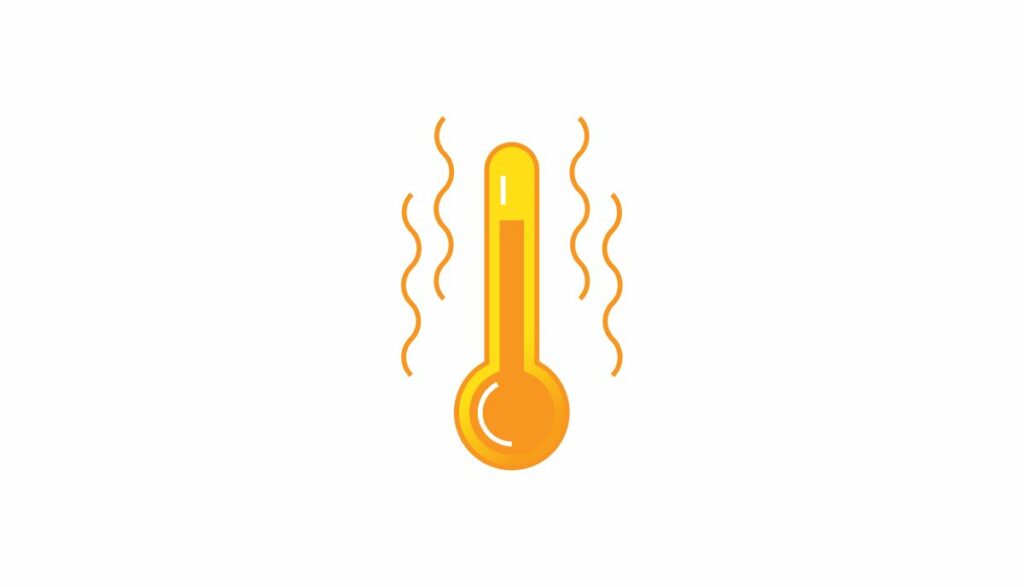
- The ECU will prevent the engine from starting if temperatures are too high. This protects the engine from unnecessary damage.
- High temperatures can produce misfires, poor fuel economy, and rough idling because they’ve clogged the intake valves with deposits by breaking down motor oil.
- High temperatures create sludge, which prevents proper engine lubrication by narrowing oil passages.
Effects Of Stuck-Open Thermostat
A thermostat that sticks in the closed position is concerning because it prevents the coolant from flowing even when temperatures exceed normal operating levels. A study in the International Journal of Advances in Engineering and Management found that the coolant flow rate fell significantly (80 percent) because of a damaged thermostat valve that stayed closed (at a rate of 16 percent). But what about a thermostat that sticks in the open position? What happens?
Consequences Of A Thermostat Stuck Open
An open thermostat will cause the coolant to circulate continuously through the engine. This is problematic because it attracts the following consequences:
- The engine will over-cool. It will stay below the preferred operating temperature range, which lowers the engine’s efficiency.
- The indicators on your dashboard will illuminate because the computer has detected a fault.
- The fuel efficiency will decrease.
- The engine’s wear and tear may accelerate because it can’t attain optimal operating temperatures. The coolant will absorb any heat the engine generates because it keeps circulating.
- The heater’s functions will deteriorate. This is a problem if you live in a region with freezing ambient temperatures.
- The engine’s power may fall.
How Improper Temperature Control Affects Engine Starting?
- Because the coolant is flowing continuously, the computer may conclude that the engine is not fully warmed. It will produce a richer air/fuel mixture that increases toxic emissions and uses more fuel.
- Expect an accumulation of sludge in the oil because it can’t attain optimal temperatures. This affects the oil’s ability to lubricate the engine’s moving parts.
Cold Weather Starting Challenges
Is cold weather as bad as people say? Many modern vehicles have robust systems that start in freezing conditions, but a few continue to struggle, which is why their owners install engine block heaters.
Starting Difficulties In Cold Weather
- The energy a battery generates comes from internal chemical reactions that low ambient temperatures can disrupt, affecting the battery’s ability to hold a charge.
- Low temperatures make the oil thick, which, in turn, prevents the substance from flowing through the engine to lubricate its moving parts. This can increase the strain on the battery.
- Low temperatures can introduce moisture to the fuel lines, causing them to freeze, which creates a blockage. This prevents the engine from starting.
- Carburetors have small nozzles that cold conditions can block. Ice will build up because moisture cannot evaporate.
Impact Of A Malfunctioning Thermostat On Cold Starts
The term ‘Cold Start’ refers to a situation where the engine starts while below its normal operating temperature. If you change the oil periodically, a cold start is unlikely to do significant harm to the engine. Although the vehicle’s toxic emissions will increase.
A thermostat stuck in the open position is more likely to encourage cold starts because it allows the coolant to flow continuously through the engine block, absorbing all the heat produced.
Diagnostic Steps For Thermostat-Related Issues
You need to understand the symptoms a car manifests when it develops engine problems and the factors that cause them:
1). Overheating
Overheating suggests a thermostat is closed, and temperatures are skyrocketing because the coolant won’t flow. However, you shouldn’t reach that conclusion without first considering the following:
- Inspect the gasket. A blown gasket allows the coolant to leak, which leads to overheating.
- Search for active coolant leaks. Do you see worn-out hoses? Is the radiator broken? Are the clamps on the hose secure?
- Inspect the cylinder head for breaks and cracks.
- Troubleshoot the sensors for defects.
- Do you have sufficient coolant?
2). Cooling
Some experts blame a cold engine on a thermostat stuck in the open position. However, temperatures in an engine can plummet for other reasons:
- Sometimes, the temperature gauge fails because of factory defects, physical damage, or broken connections.
- Check the temperature sending unit for faults.
- A bad switch or faulty circuit can cause the cooling fans to work continuously.
- The cooling fan relay can stick.
3). Poor Fuel Efficiency
Poor fuel efficiency in vehicles has numerous causes that don’t relate to the thermostat, including:
- Bad spark plugs
- Clogged filters.
- Leaking fuel injectors
- The wrong motor oil
- Poor driving habits.
- Tires with the wrong pressure.
Don’t blame the thermostat until you’ve performed an exhaustive inspection of the other components that contribute to the same symptoms people associate with a bad thermostat. Otherwise, the vehicle’s problems will persist even though you wasted money on a new thermostat.
Differentiating Thermostat VS Other Starting Factors
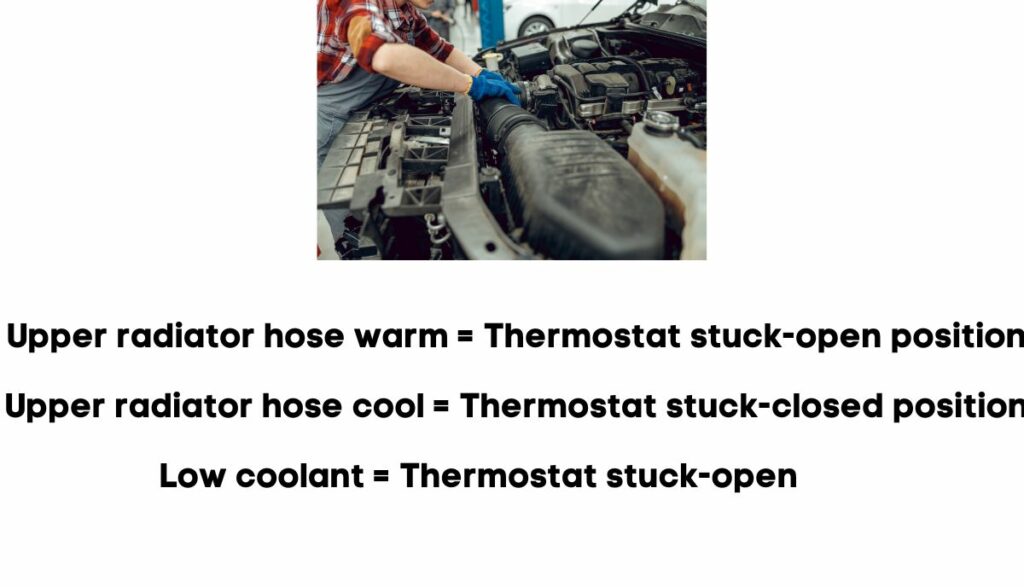
- Get a rag and touch the upper radiator hose. Do this after starting the engine and letting the vehicle idle for a while. If the upper radiator hose is warm, the thermostat is stuck in the open position.
- A cool hose points to a thermostat stuck in the closed position.
- Low coolant levels appear when the thermostat is stuck open.
- Test the thermostat with a digital multimeter (using the two wires from the thermostat connector on the housing). The readings should match the range stated in the thermostat’s documentation. You can check the manufacturer’s online platform for the expected range.
- Remove the thermostat from the car and place it in hot water to confirm that it opens.

